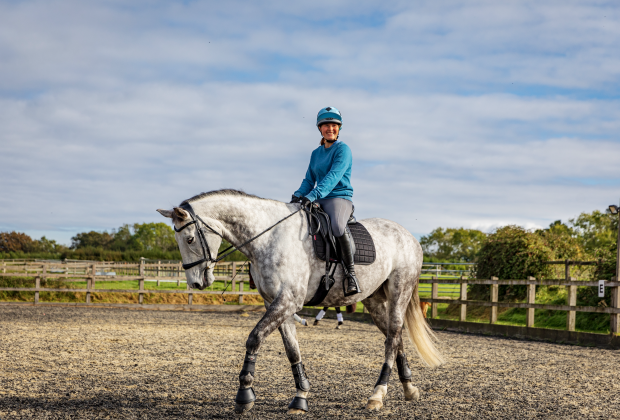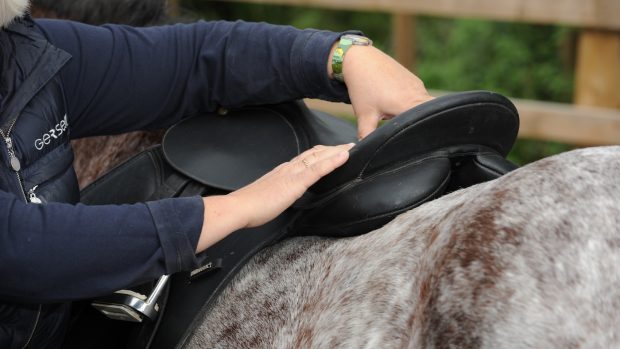Prevention is always better than cure when it comes to horse health. Costly veterinary bills can be avoided by taking simple precautions and noticing signs that your horse may be feeling less than 100%.
Skin infections
In a livery yard there is a tendency for minor skin traumas to develop into an infection which then takes hold. Saddle rash, rain scald, lice, mange mites and ringworm are typical examples that can build up if action is not taken to avoid the spread of infection.
Derek Knottenbelt, MRCVS says: The best way of ensuring that there is a low risk of infection and skin damage is to ensure that all your equipment is clean and in good condition. Do not share tack and grooming kits.
Make sure you have a spare clean set of stable bandages and a clean cotton sheet to putunder the rug so that they can be changed every few days. Modern disinfectant solutions and detergents can be effective against the spread of infection.
Spotting illness
Karen Coumbe, MRCVS says: Close observation of your horse as part of your daily routine is the best way to prevent problems. It is easy to recognise when a horse is really ill, but a lot more difficult to know when he is not feeling 100%.
It can be extremely hard to distinguish a horse whichis slightly off colour, but the better you know your horse the easier it is to tell if something is wrong.
Think of ABC: appearance, behaviour and condition. Check each of these in turn and routine observation will soon become second nature.
Avoiding colic
David Franklin MRCVS says: Feeding liquid paraffin may help prevent minor impaction colics.
If your horse is prone to constipation with resultant impaction colic, an easy preventative measure is to add a teacup of liquid paraffin twice weekly to his feed. This mineral oil lubricates the intestines, and is mild and safe to use over a long period.




